
Megaprojects could eat up B.C.’s electricity supply. Here’s what you need to know
One LNG project alone is requesting more than half the amount of electricity B.C.’s Site...
The Ontario government announced plans in November to open up thousands of acres of land in the protected Greenbelt for development, going back on years of promises to leave it intact.
The rationale, according to Municipal Affairs Minister Steve Clark? To get housing built: 50,000 new homes, to be exact. The move is part of the Progressive Conservatives’ push to tackle Ontario’s housing crisis, a plan that has so far involved vast cuts to environmental protections critics say are risky and unnecessary.
Clark has said the flip-flop was a “tough decision.” And Premier Doug Ford blamed the “inaction of previous governments that didn’t want to take the bold steps to get housing built.”
Ford’s plan to open up Ontario’s Greenbelt is essentially a massive land swap. The idea, the province says, is that it can drop some pieces of the protected area and add other, bigger pieces to make up for it. But the Greenbelt is huge, important and contentious, and changes to it are the result of decades of pressure from opponents.
“It threatens the stability and certainty of the Greenbelt,” said Victor Doyle, a former provincial planner who’s credited as an architect of the protected area.
“It undermines its permanency. … This is the edge of the wedge that creates an incredibly powerful precedent that will weaken the Greenbelt significantly — and allow it to be eroded through a death by thousand cuts.”
Ontario’s Ministry of Municipal Affairs did not answer detailed questions from The Narwhal. Instead, it sent a blanket statement saying it is “considering every possible option to get more homes built faster.”
Here’s a breakdown of what’s happening, how it could affect the environment and whether building on the Greenbelt is actually necessary to tackle the housing crisis.
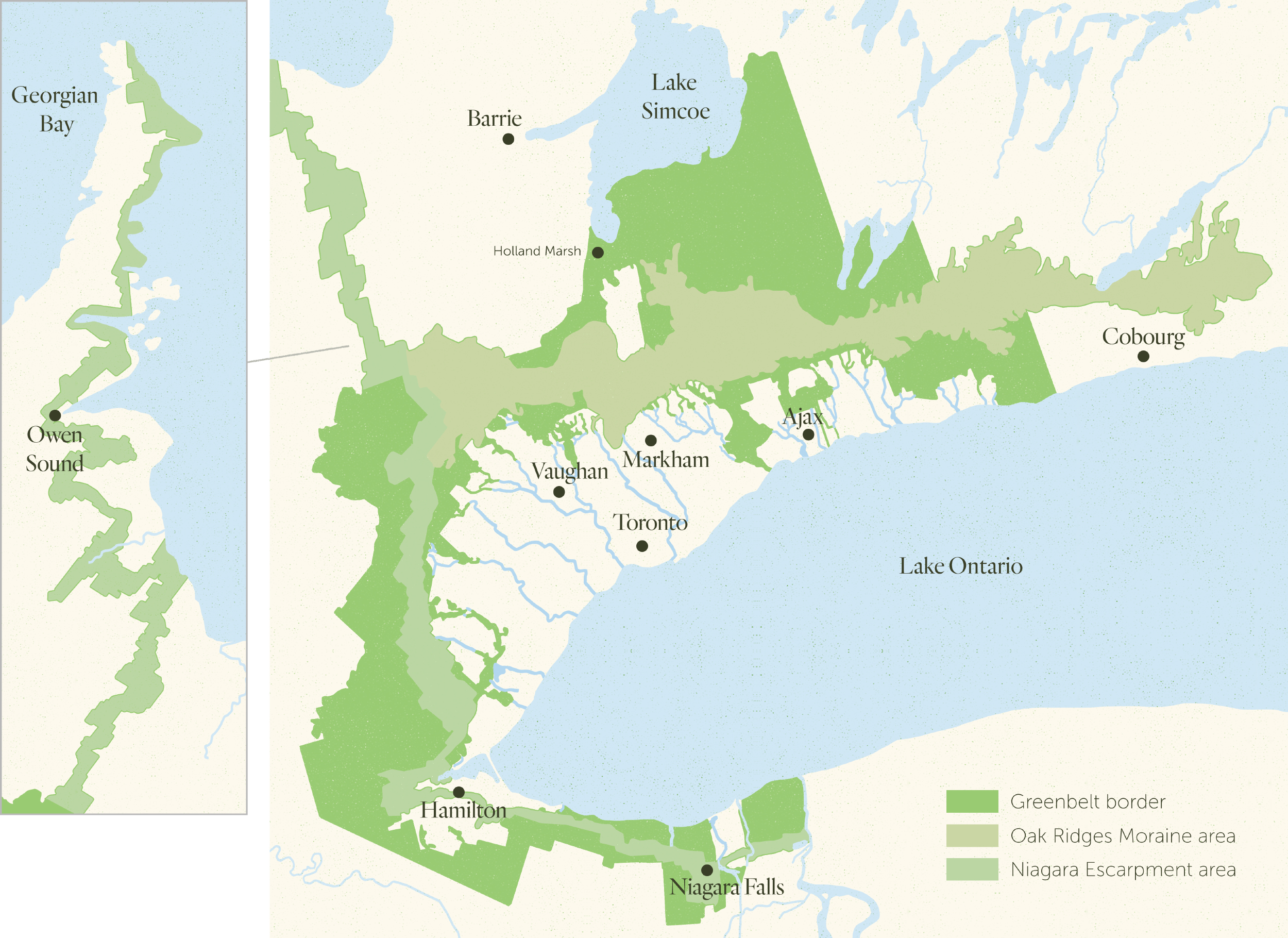
In December, the Ford government finalized its plan to take 15 snippets of Greenbelt land out of the protected area, totalling 7,400 acres. In exchange, it added another 9,400 acres from elsewhere to the Greenbelt.
The 15 parcels are located in the Greater Toronto and Hamilton Area, in the communities of King, Vaughan, Richmond Hill, Whitchurch-Stouffville, Markham, Pickering, Ajax, Clarington, Hamilton and Grimsby. One includes land that’s part of the Duffins Rouge Agricultural Preserve, which the province watered down protections for last month. The province said it chose sites on the edges of the current Greenbelt and next to urban areas. (A complete list of the sites and their addresses is available on Ontario’s Environmental Registry.)
The deal comes with a few strings attached: developers would have to make and execute plans to build on those lands fast. They will have to show proof of “significant progress” by 2023 and start construction by 2025, otherwise the government will return the land to the Greenbelt, the province said Friday.
The Ford government swapped in two different types of land to replace what it takes out.
The government gave new protection to a series of 13 urban river valleys. Some are expansions of urban river valleys that are already in the Greenbelt, and some are new. Ontario previously announced it would add these to the Greenbelt earlier this year, and received backlash because all were already protected from development through other mechanisms.
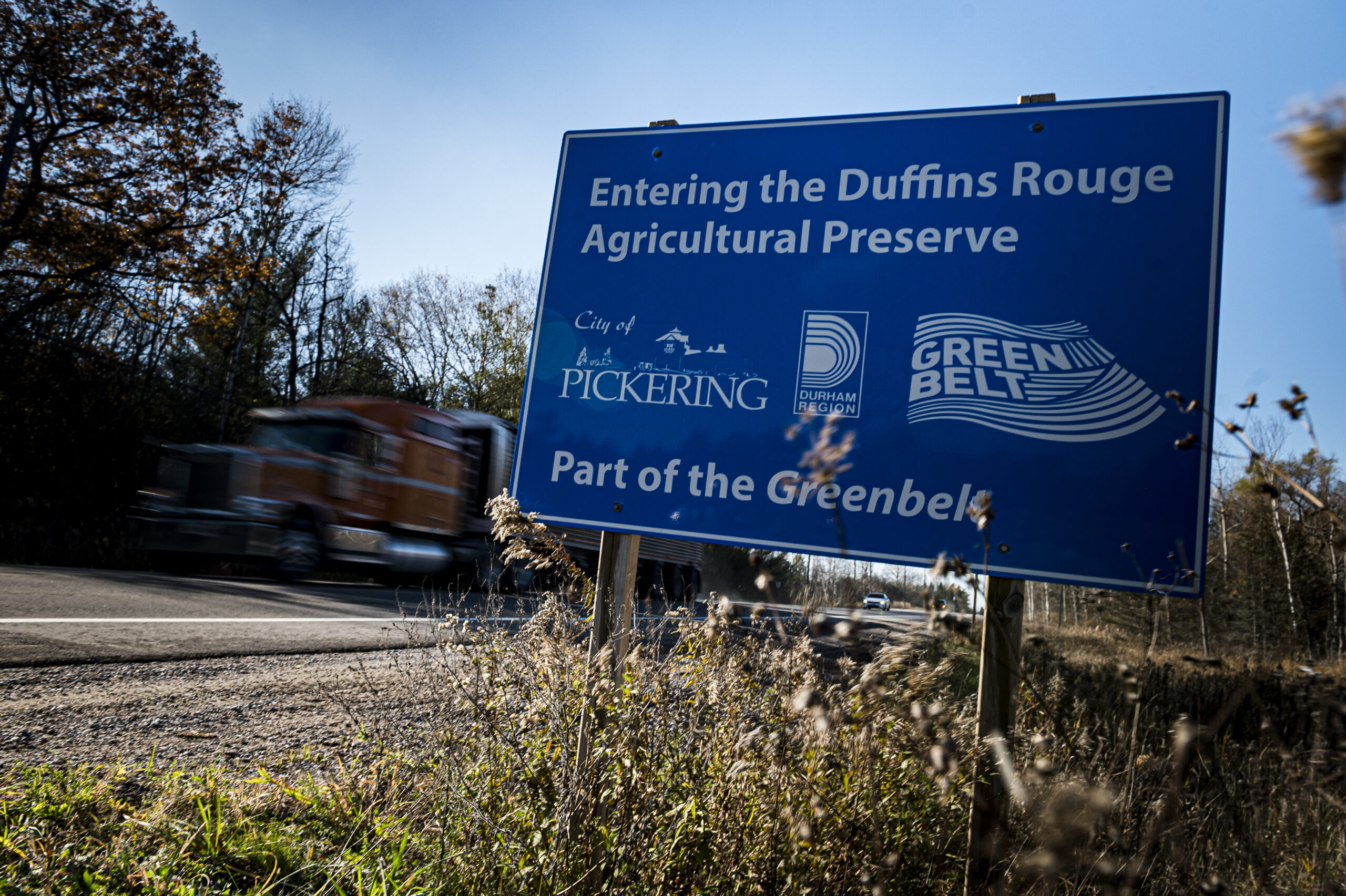
The second is a chunk of the Paris-Galt Moraine, a vast rock formation stretching from the Toronto suburb of Caledon down towards Lake Erie. The 7,000-acre section that would be added to the Greenbelt is a relatively small portion in the town of Erin, near Caledon. “I don’t know what it really accomplishes because it’s pretty green now and there weren’t any real plans to do anything down there,” Erin Mayor Michael Dehn told local news site EloraFergusToday.
Adding the Paris-Galt Moraine to the Greenbelt is an idea that’s been around for a while — Ontario Green Party Leader Mike Schreiner has proposed a more ambitious version of it in the past. The moraine includes the headwaters of several rivers and provides drinking water for several communities.
The governing Progressive Conservatives have been hot and cold on the Paris-Galt Moraine idea over the years. The party initially pitched it as part of a Greenbelt expansion earlier this year, but backed off before ultimately including it in this new Greenbelt land swap.
We don’t know for sure. But existing evidence shows it likely won’t — and the government hasn’t released proof that it will.
The addition of the new urban river valleys to the Greenbelt doesn’t add much, since they were protected anyway. And, although the protection of part of the Paris-Galt Moraine could be positive, it’s not clear how to weigh the ecological value of it against the loss of other pieces of the protected area because the government hasn’t released evidence to back up its plan.
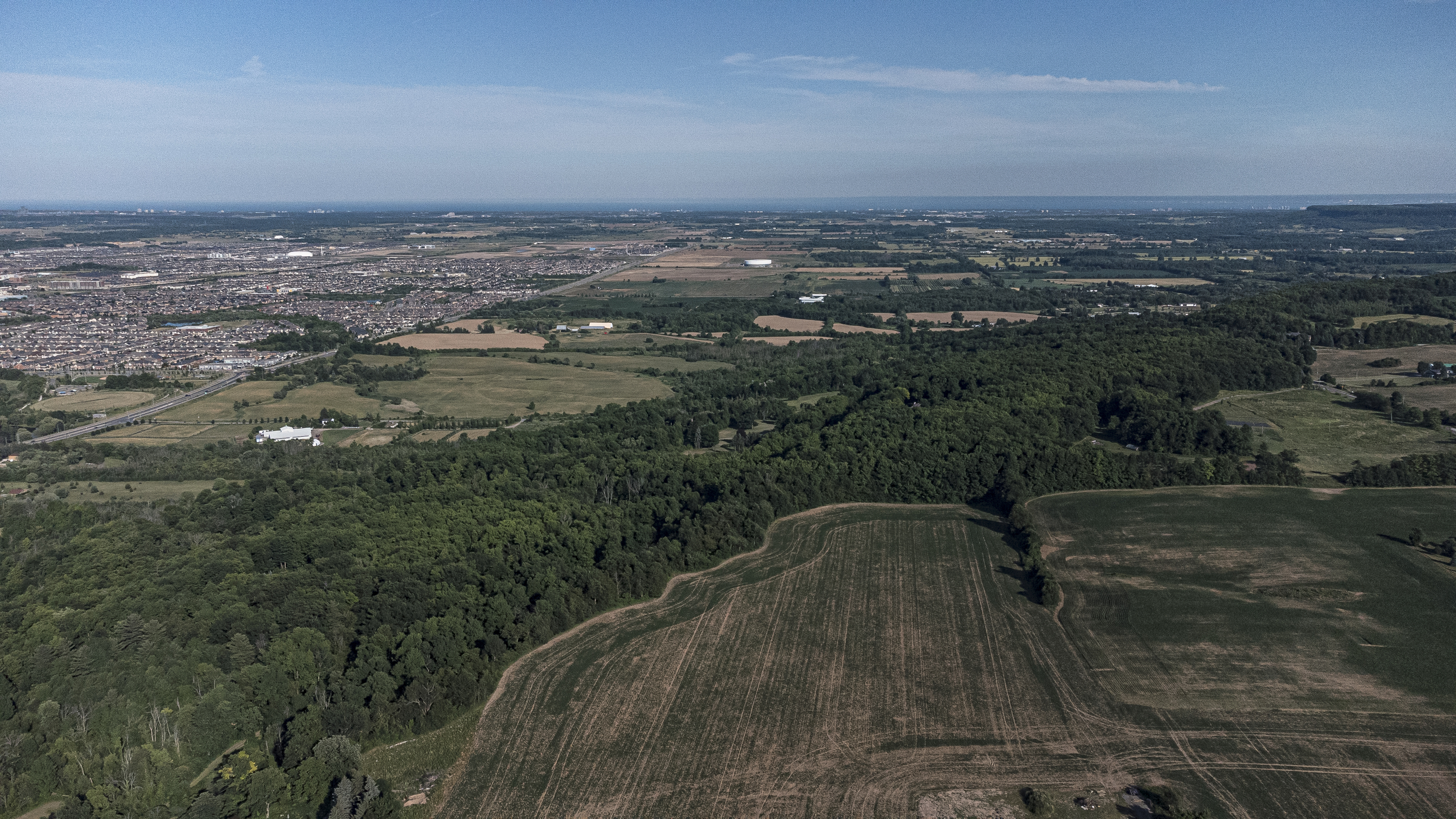
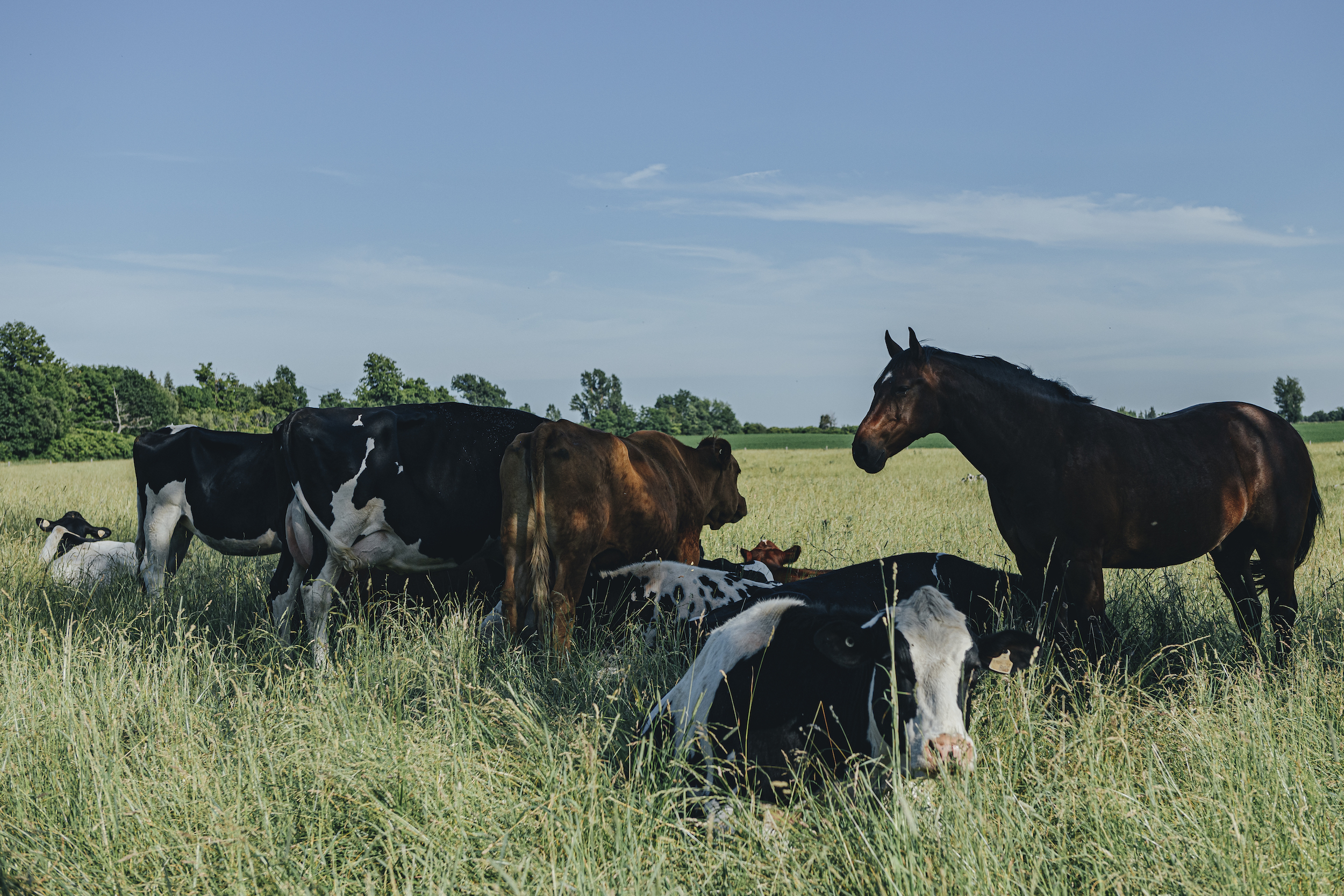
Another thing to consider is the importance of habitat connectivity. Water flows and animals migrate. Experts say you can’t just draw a line around a piece of land, say it’s protected and assume it will all work out — how that land is connected to what’s around it will also define how successful conservation efforts there might be. That’s why land on the edges of the Greenbelt is just as important as what’s at the centre.
One example of this is Carruthers Creek east of Toronto: though parts of the waterway are protected through the Greenbelt, its headwaters aren’t. Environmentalists have long worried that development in those unprotected headwaters could degrade water quality and contribute to flooding in the protected areas downstream.
Connectivity was top of mind when the Greenbelt was designed. Though the legislation that created it may technically permit land swaps, it was never intended to allow them because the land it protects was intentionally chosen, Doyle said.
“We wrote innumerable briefing notes saying that swaps were not envisioned by the act,” he said. “The argument that you could take land out, particularly along the southern edge, and add it on the outer edge as they’re proposing would mean in the fullness of time, the Greenbelt will migrate. It’ll end up in northern Simcoe County if this pattern is continued.”
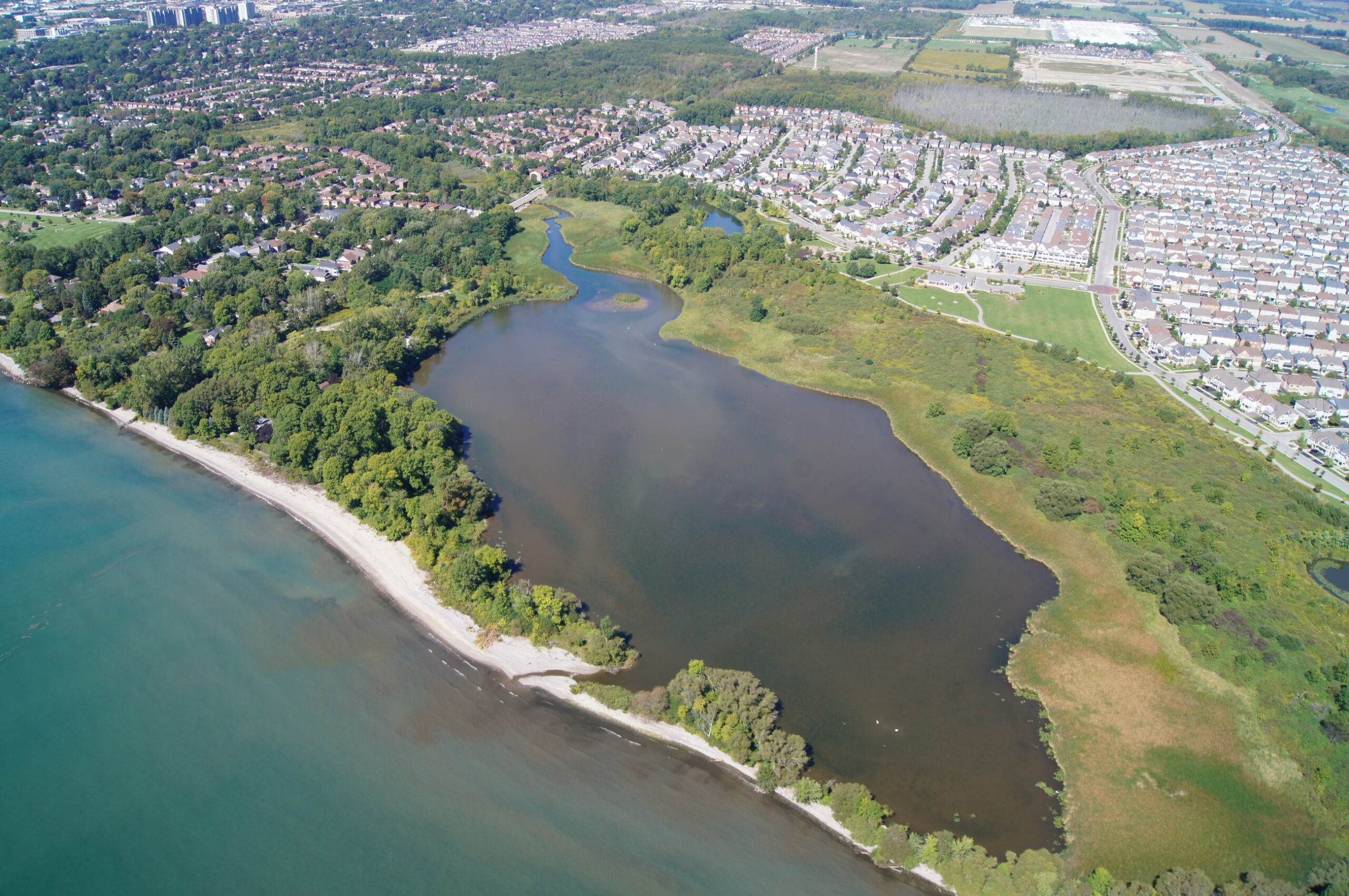
Environmentalists say they’re also worried this move could unleash a flood of other requests to open up the Greenbelt for development. It will “start a never-ending queue of Greenbelt land speculators at the minister’s door, each with their own convenient rationalization for paving their own patch of Greenbelt,” Phil Pothen, the Ontario environment program manager at the non-profit Environmental Defence, said in a statement.
The province hasn’t answered questions from The Narwhal about whether it will consider other Greenbelt land swaps in the future. But in the weeks after the changes to the Greenbelt were announced, at least four landowners made requests to build on other parts of the protected area.
Environmentalists and opposition parties have also argued for a long time that a lack of land isn’t the reason for Ontario’s housing crisis, and that more than enough has already been set aside for development.
Earlier this year, the Ontario government’s own Housing Affordability Task Force delivered a report that said the same thing: “A shortage of land isn’t the cause of the problem,” it read. “Land is available, both inside the existing built-up areas and on undeveloped land outside greenbelts.” A bigger problem, the report said, is that Ontario hasn’t used the land it has efficiently.
If the Ontario government has evidence contradicting the task force, it hasn’t shown its work. The province didn’t answer The Narwhal’s questions about the proof behind its decision Monday.
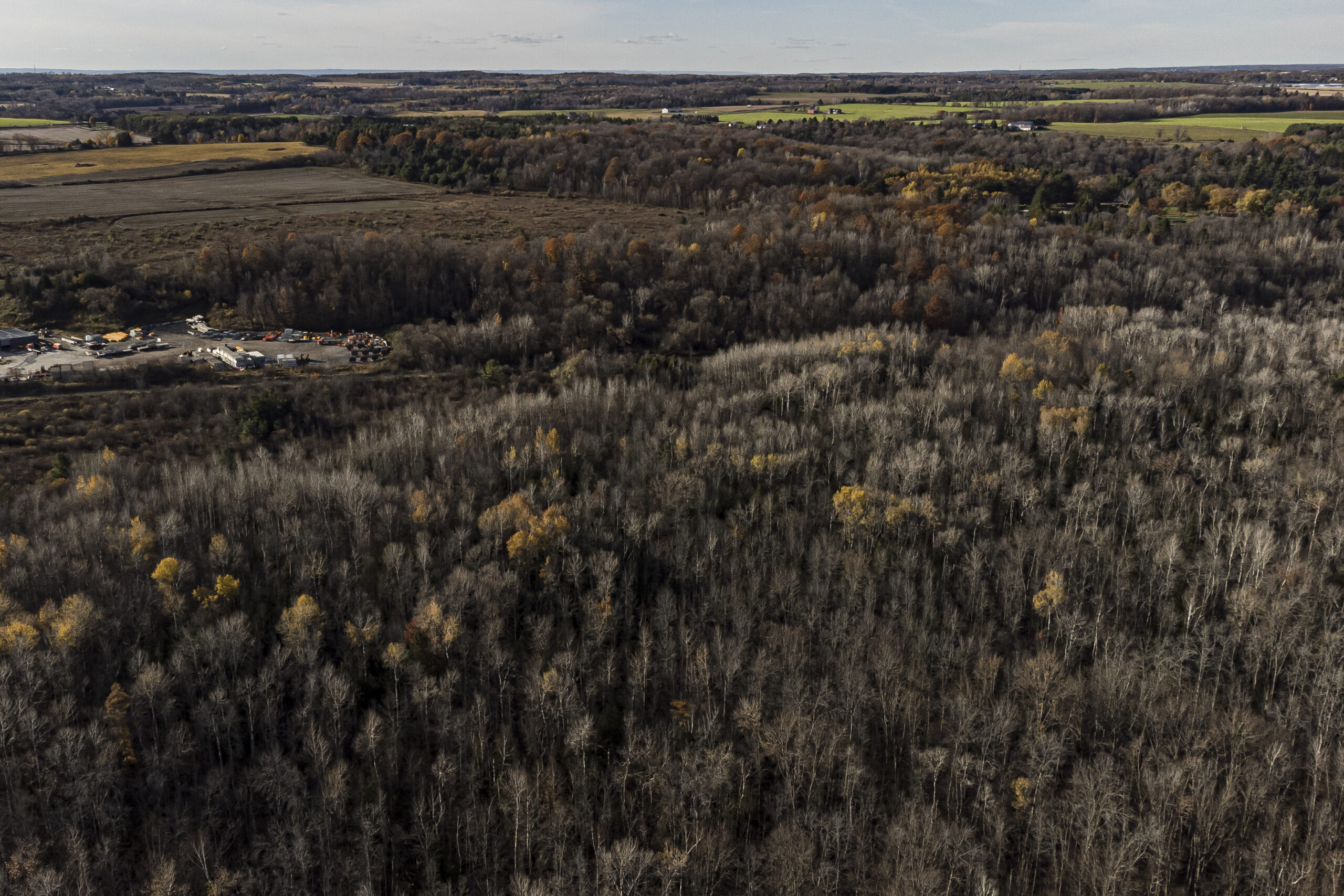
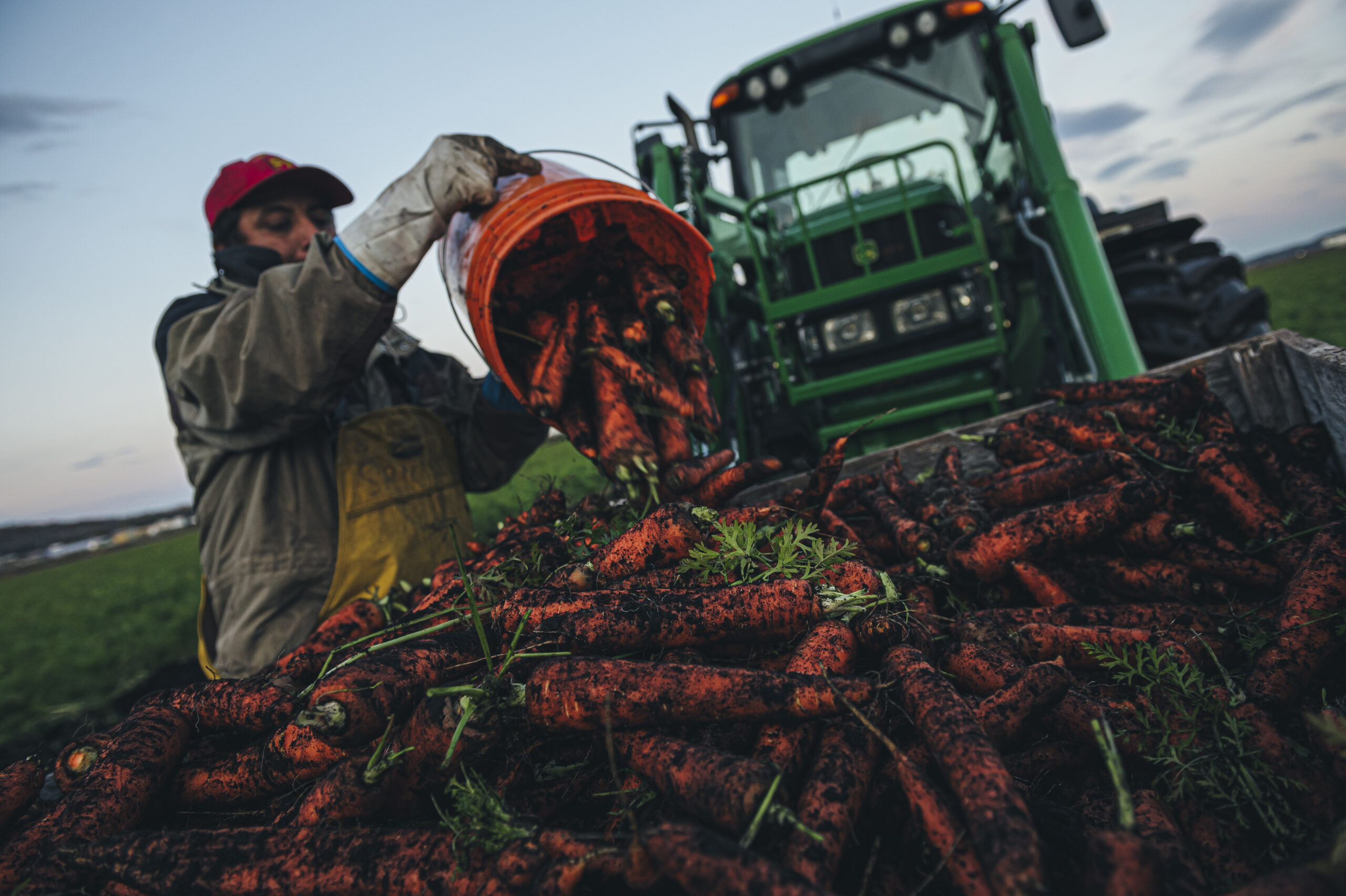
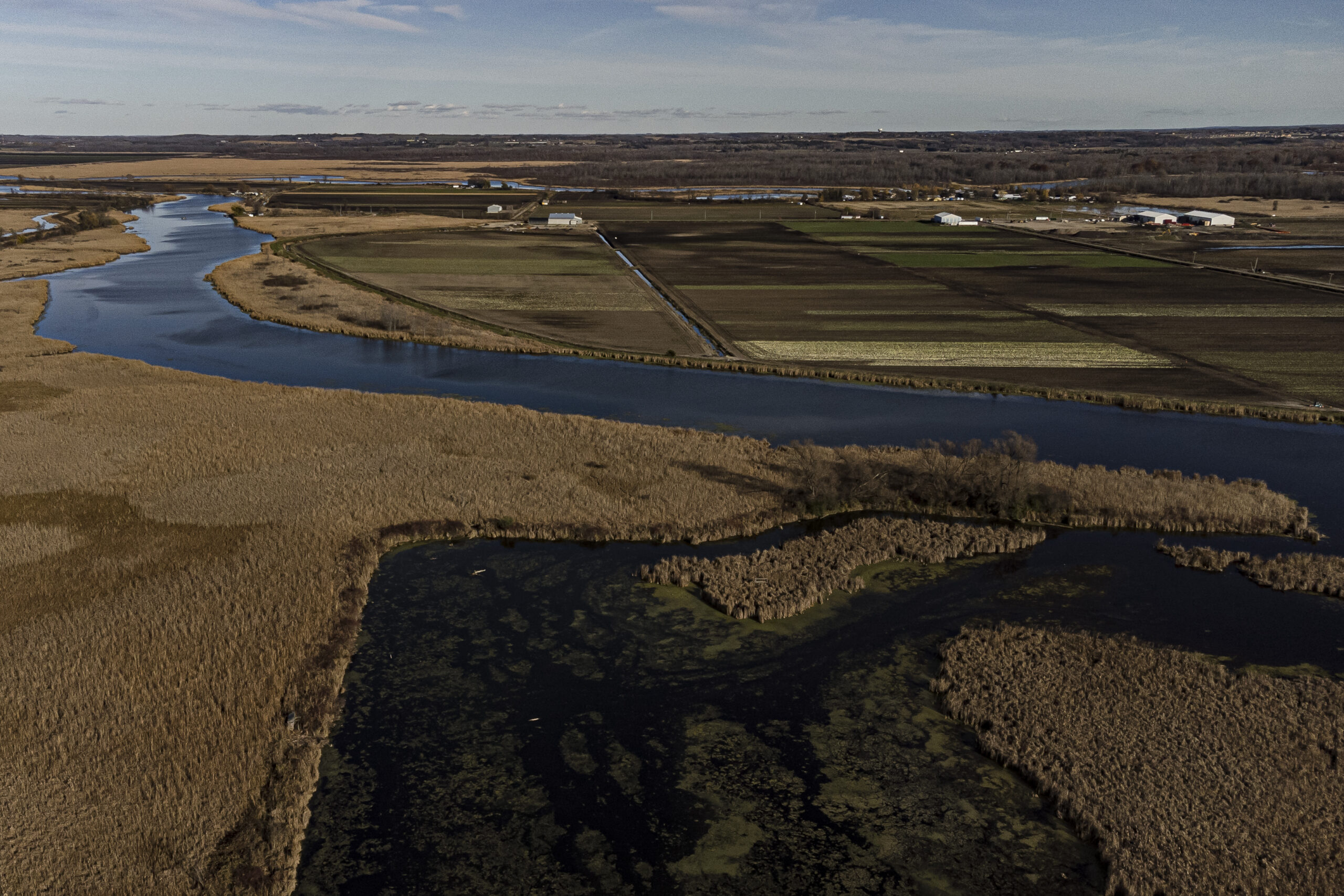
Ford himself pitched a plan to open the Greenbelt for development at an event in 2018, before he became premier. And at the time, he said the idea came from developers, many of whom have donated large sums to his party.
Many in the development industry have been against the Greenbelt since before it was created, as it limits which land can be built on. And many have been pushing for years to get lands they own removed: in 2017, the former Liberal government did a review of the protected area’s boundaries, and received over 700 requests to sever land from it. Of those, it only approved a handful of minor adjustments.
“I’ve already talked to some of the biggest developers in this country and again, I wish I could say it’s my idea, but it was their idea as well,” Ford said at the 2018 event, which was captured on video. “Give us property, we’ll build and we’ll drive the cost down. That’s my plan for affordable housing.”
At the time, Ford also pitched a land swap, saying he’d add an equivalent amount of land to the Greenbelt for each piece taken out. (His current plan goes above that, aiming to add more land that what was taken out.)
Backlash was swift and enormous, and Ford backed down. In the years since, he’s repeated promises not to touch the Greenbelt, over and over again.
Nowadays, other government advisors are saying it’s a good idea — most notably, former Mississauga mayor Hazel McCallion, who died in 2023, months after she was appointed to the government’s Greenbelt Council. The Ontario government pays the council to give Minister Clark impartial advice on how to best steward the protected land. But the council has also been a source of political controversy in recent years. Seven members of the council resigned in 2020 in protest of the Ford government’s changes to environmental policy.
That McCallion was at the helm of the council may give clues about what kind of advice the government sought before altering the Greenbelt’s boundaries. Nicknamed the “Queen of Sprawl,” McCallion was mayor of Mississauga from 1978 to 2014, during a period where the city rapidly expanded outward with the type of car-dependent, emissions-intensive suburbs environmentalists tend to fight against. Though McCallion also pushed for denser development later on, Mississauga’s last piece of undeveloped land is now spoken for, and some critics say what happened there should be a cautionary tale for other cities.
“I have long been advising governments of all stripes to let municipalities build where they have existing publicly funded infrastructure and service capacity,” McCallion had said in a statement supporting the Greenbelt land swap. “It just makes sense not to waste public investments and resources, and it means we can build homes faster while protecting land that should be protected. It’s a win-win.”
Soon after the government announced changes to the Greenbelt, The Narwhal and The Toronto Star published a joint investigation that revealed six developers bought Greenbelt land now slated for development since Ford was recorded at that event in 2018.
Eight of the 15 areas of Greenbelt land opened for development included properties purchased since 2018, raising questions about whether developers knew in advance that the changes were coming. One purchase was made in September, just weeks before Clark announced the land swap. Other developers have owned portions of the Greenbelt for many years and now stand to see the value of their land skyrocket. The investigation also showed that several of the developers who stand to benefit most donated significant sums to Ford’s Progressive Conservatives. Some also hired Tory-connected lobbyists to speak to the government on their behalf.
The fallout is still playing out, with two separate investigations into the land swap announced on the same day in January.
One investigation is being led by Ontario’s auditor general, Bonnie Lyksyk, to probe how much developers stood to gain from Greenbelt land sales and whether the government’s plan was in the public interest. Lysyk’s audit was prompted by a complaint from the Ontario NDP.
Ontario Integrity Commissioner David Wake, also prompted by an NDP complaint, is looking into the Greenbelt file as well. His review will look at whether Clark breached rules that bar MPPs from making decisions or using insider information to improperly further their interests, or those of other people.
For weeks after The Narwhal/Star investigation was published, the government didn’t answer when asked whether it had given developers advance warning of the changes. But after several parties made their complaints to the integrity commissioner, Clark denied having given developers a heads-up.
“I look forward to being vindicated and I look forward to the apology from the official opposition,” said Clark, who also remarked that he often meets with “people who want to build housing” and that he “followed all of the rules.”
It’s not clear how quickly Wake or Lysyk might finish their investigations. But in the meantime, a third one remains a possibility: on Jan. 5, Global News reported that the Ontario Provincial Police’s anti-rackets branch had also quietly begun conducting interviews to decide whether it will launch a probe into Greenbelt land deals. The police received more than a dozen complaints about it, including from the charity Environmental Defence.
Environmental Defence executive director Tim Gray said he’d been told that the police would make a decision about pursuing an investigation later in January. Ford’s office said it hadn’t yet been in touch with the police about it. As of the end of February, the OPP hadn’t given any further updates.
The scope of Wake’s investigation may also grow. One of the developers highlighted in The Narwhal/Star investigation who benefitted from the Greenbelt land swap was also a guest at Ford’s daughter’s wedding, the Star reported. Developers were also present at a pre-wedding stag-and-doe party where the price of admission was $150. Ford has since identified that developer, among others who were present at family events related to the wedding, as a personal friend and denied any wrongdoing.
The NDP have since asked Wake to investigate those events as well. In an interim report released March 16, Wake said he’d put that request on hold while he works on the Greenbelt inquiry, and that there’s overlap between the two issues. Though Wake questioned whether the wedding events would be covered by Ontario’s ethics law, he also said it’s worth examining whether the premier or someone else in the government used their influence to further the interests of their friends and donors.
“I have required the production of documents from government and non-government sources,” Wake wrote in the interim report.
“My staff and I are reviewing the extensive material gathered so far and have done independent research on the matter. We are preparing summonses for numerous witnesses to be interviewed.”
Now that the Greenbelt changes are final, it’s not really clear what will happen next. But with public backlash still simmering, 2023 certainly might get interesting.
A variety of people and groups are still raising concerns about the Greenbelt land removals. Parks Canada has warned Ontario that the removals could cause “irreversible harm” to Rouge Urban National Park, which is next to the Duffins Rouge Agricultural Preserve. It also warned Ontario that it has violated an agreement with Parks Canada — but it’s not clear whether the federal department is willing to take the matter to court.
Federal Environment Minister Steven Guilbeault, however, has signalled he may be willing to intervene in other ways. Speaking to The Narwhal in January, Guilbeault said he couldn’t give specifics yet but noted there might be a few tools he could use, depending on what projects developers eventually propose for former Greenbelt lands and what their environmental impact could be.
The Ontario Society of Professional Engineers also condemned the Greenbelt changes. “Converting Greenbelt lands to residential development will hinder Ontario’s carbon targets without providing economic return, nor reduce the cost of buying a new home,” its CEO, Sandro Perruzza, wrote.
And, at the end of December, the head of an Ontario species at risk agency resigned in protest of the Greenbelt changes, among other issues.
Protests against the move are also likely to continue. In December, at least 20 rallies against opening the Greenbelt were held over a single weekend across the province, with hundreds of Ontarians turning out to ask the government to reconsider.
Updated March 6, 2023, at 9:23 p.m. ET: This article was updated to include news of Hazel McCallion’s death, new requests from landowners to build on the Greenbelt, details about investigations by the auditor general and the integrity commissioner and comments from Federal Environment Minister Steven Guilbeault.
Updated Jan. 11, 2023, at 11:05 a.m. ET: This article was updated to reflect that the Greenbelt land swap has been finalized, and to include details of a Narwhal/Star investigation into Greenbelt land sales and reaction to it.
Updated March 16, 2023, at 12:55 p.m. ET: This article was updated to include details of the integrity commissioner’s interim report on Ford family wedding events.
Get the inside scoop on The Narwhal’s environment and climate reporting by signing up for our free newsletter. On March 17, federal Conservative Leader Pierre Poilievre...
Continue reading
One LNG project alone is requesting more than half the amount of electricity B.C.’s Site...

In Georgian Bay, First Nations youth are coming together over hide tanning, language lessons and...

We’ve long been told our award-winning visual journalism should include videos that make the conversation...
